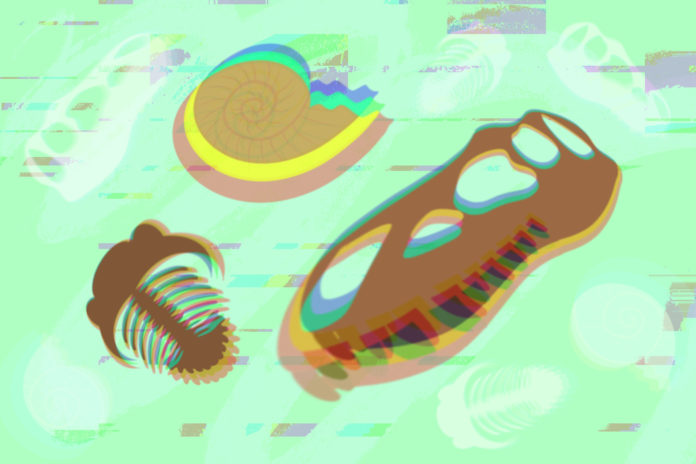
When a mysterious delivery arrived at Cape Breton University in Sydney, N.S. at the end of January, campus security were uncertain what they would find inside. What none of them expected to discover was a package of fossils dating back approximately 330 million years.
In an email to the Charlatan, CBU’s communications manager Lenore Parsley said campus security had been alerted to a “mysterious bag” which was anonymously delivered and addressed to the university’s president, David Dingwall.
Realizing the bag contained several fossils, security immediately contacted paleontologist and CBU instructor Jason Loxton and gave him the bag.
Loxton identified the fossils to be from the Carboniferous Period—between 359 and 299 million years ago—a time before the world was populated with plants, insects, reptiles, and other lifeforms.
Loxton said the fossils were roughly five times as old as the Tyrannosaurus rex.
Existing when the world was covered in a shallow marine habitat, the fossils had been ocean-based and came from a fossil group that includes clams, brachiopods, and coral.
While Loxton said the fossils were unexceptional and not scientifically rare, but it was the first time he had seen something of this sort originally from Cape Breton Island.
“When I’m doing paleontology classes, I don’t have to pull out the fossil from Ohio,” Loxton said. “I can now pull out one that is from down the road, which is far more powerful as a teaching tool.”
Loxton said it can be easier to imagine the changing geographical conditions of a foreign place than those of one’s own environment.
In his experience as a geology professor, Loxton said bringing local material to the classroom can ultimately “force students to think about the disconnect between environments over time and how radically things like climates can change and are currently changing.”
The anonymous owner who delivered the package wrote the original coordinates on the fossils, which helped Loxton digitally trace them to a nearby river.
Loxton said he was glad the individual had brought the fossils to CBU and imagined the person had found the fossils eroding from the riverbank before deciding to take them to the university for a proper investigation.
Canada has five paleontological UNESCO World Heritage sites in B.C., Alberta, Québec, Nova Scotia, and Newfoundland, with a sixth currently being approved off Québec’s coast on Anticosti Island.
“It’s always a good idea if the public finds something, to alert the paleontologists of it,” Loxton said. “Ninety per cent of the time, it’s something which is really cool but not scientifically important, but that 10 per cent of the time, it’s something that might change science.”
Featured graphic by Khadijah Harding.





